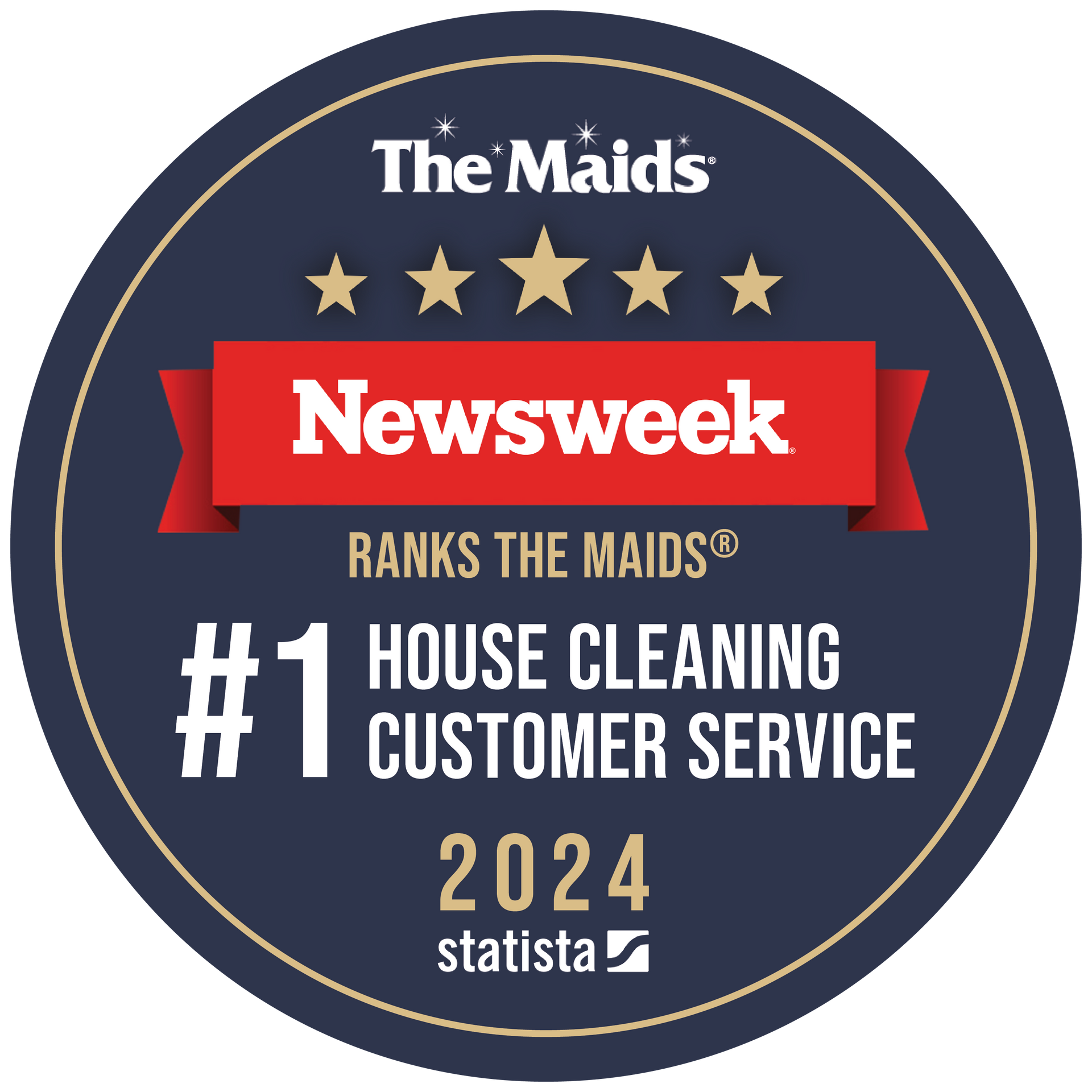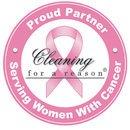Top 10 Ways to Clean Your Home and be Eco-Friendly
One of the best things you can do to keep both your family and the environment healthy is to try to clean in an eco-friendly way. Using fewer toxic chemicals and trying natural substitutions will remove some hazards from your home and help the earth. It might seem difficult to change to eco-friendly cleaning, but it actually is a lot easier (and cheaper) than you would expect. A great article from Care2.com goes over ten easy, eco-friendly ways to clean your home.
Environmentally friendly cleaning starts with a few easy cleaning tips.
Choosing environmentally friendly cleaning products — and removing toxic ones — goes a long way towards ensuring a home with fresh, clean air. Clean air renews and rejuvenates; it doesn’t pollute our lives or the environment. Living in a less toxic home, removed from neurotoxic chemicals, improves sleep and concentration, makes babies less fussy, and gives a sense of well-being. Your household’s toxic burden on the environment will be significantly reduced by following these steps, and this too can bring peace of mind.
1. LOOK UNDER YOUR KITCHEN SINK: Remove toxic products
WHY: Almost everyone in the world has a cupboard full of poisons under their kitchen sink. Wasp spray, oven cleaner, waxes and polishes—the place is full of chemicals that display the words poison, danger, warning, or caution. Small amounts of the poisons drift from, and leak out of bottles and spray bottles, which then waft around the kitchen. Household poisonings are one of the highest threats to the health of children.
HOW: Place products with signal words in a locked cupboard in storage for your community’s next Household Hazardous Pickup Day (see next tip); replace all hazardous products with safer versions in the future.
HIGHLIGHTS: No chemicals wafting into your household; safer environment for kids.
2. ABOUT HOUSEHOLD HAZARDOUS WASTE PICKUPS: Take toxic products
WHY: Hazardous materials shouldn’t be poured down the drain or thrown away in the trash as they can cause serious pollution problems in the waste stream.
HOW: Call your local recycling center, town or city hall. Most communities have at least one Household Hazardous Waste Pickup Day a year.
HIGHLIGHTS: There will be fewer toxic materials leaching out of landfills, burning in incinerators, and being washed into the waste water stream.
3. REPLACE TOXIC PRODUCTS: Choose non-toxic, biodegradable substitutes
WHY: Help reduce the toxic burden of manufacturing, your home, and the waste stream.
HOW: Read “Signal Words” on labels. The signal words poison, danger,warning, or caution, found on the label of products such as pesticides and cleaning products, are placed there by order of the federal government and are primarily for your production. In some cases these signal words are on the label because of the potential impact the product can have on the environment. Poison/danger denotes a product of most concern, one that is highly toxic, and ingesting small amounts—in some cases a few drops—can be fatal. Warning means moderately toxic, as little as a teaspoonful can be fatal; and caution denotes a product that is less toxic, one in which it would be necessary to ingest between two tablespoons and two cups to be fatal. Corrosive products can damage skin and mucous membranes, and a strong sensitizer is a chemical that can increase allergies.
HIGHLIGHTS: Labels provide information by which you can protect yourself, your family, and the environment.
4. LEARN NON-TOXIC CLEANING BASICS: How to use kitchen cupboard ingredients
WHY: Save money, protect your health, reduce your use of valuable resources of the earth, avoid petroleum products and other non-renewable resources.
HOW: Learning to clean from scratch—making homemade recipes—can truly work if you take time to understand a bit about the chemistry behind how the materials work. Make sure to keep all homemade formulas well-labeled, and out of the reach of children. Note how to safely reduce four airborne allergens in the home with these simple steps.
HIGHLIGHTS: Establish a safe, cheap and simple lifestyle.
5. OF MOPS, SPONGES, RAGS, AND OTHER ACCESSORIES: Natural, reusable
WHY: Reduce your use of non-renewable resources; avoid products with potentially harmful ingredients such as sponges with antibacterial ingredients; reuse old shirts as rags and more. Use cloth rags instead of paper towels to save trees. Save money!
HOW: Look at your purchase of mops, paper towels, sponges, buckets, vacuums, and more with an eye towards their durability, health and environmental impact. If you must use paper towels buy recycled, unbleached paper.
HIGHLIGHTS: Reusable mops, rags instead of paper, safe sponges, HEPA vacuums all work towards providing your home and environment with fresh, clean air, and reduce your consumption of nonrenewable resources.
6. LEARN ABOUT YOUR WATER: Is it hard or soft?
WHY: With hard water you will most likely need to clean with a detergent instead of a soap to avoid soap scum.
HIGHLIGHTS: Choosing the right product for the right job reduces time and resources.
7. DISINFECTANTS? CHLORINE BLEACH? Look for alternatives
WHY: Just as antibiotics are causing drug resistance, so too are disinfectants. Chlorine bleach can cause cancer causing chemicals to form in the waste water stream.
HOW: Make a safer antibacterial spray. Visit your natural food store and ask for their recommended chlorine beach alternative. Seventh Generation and other brands offer alternatives that work.
HIGHLIGHTS: A healthier home and healthier environment.
8. CONSERVE WATER
WHY: Clean water is one of our most precious and diminishing resources and we don’t want to waste it.
HOW: Don’t run the water unless you are using it or catching it in a bucket for use; sweep instead of wet mop when possible; put a tracking matt at the door to collect mud and dust so you will need to wash the floor less; etc. Use common sense.
HIGHLIGHTS: Do your part to preserve the earth’s precious resources.
9. CLEAN INDOOR AIR WITH PLANTS
WHY: Plants have been found to reduce indoor air pollution!
HIGHLIGHTS: Plants clean the air and provide more oxygen too!
10. USE YOUR SENSES: Smell, feel, hear
WHY: If you use your nose you will know when food is rotten, when dog beds need to be cleaned, when toxic chemicals may be leaking from old product bottles, and more. If you use your sense of touch you will know when doorknobs are sticky, the floor needs washing, etc. If you allow your senses to be your guide you will stay on top of cleaning jobs that need to be attended to.
HOW: Listen to what your senses are telling you.
HIGHLIGHTS: Cleaner indoor air, alert to potential toxic exposures.
This article is from Care2.com, please visit them for more information about how to live an eco-friendly way! New Paragraph







